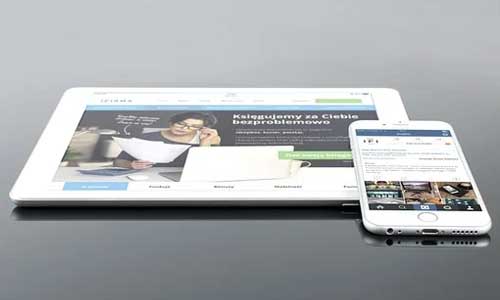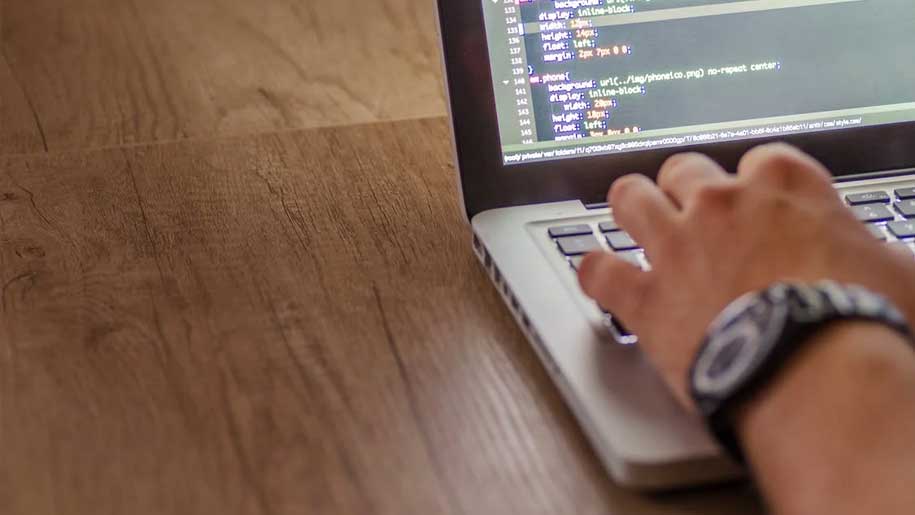Regarding web design, there are significant differences between Western and Japanese approaches, especially within the UX design process. Both styles have their own unique characteristics and principles that cater to their respective preferences and user behaviours. From fonts, and minimalism mixed with cluttering, complicated language, and more, here you will learn more about what sets Japanese web design apart from the Western world.

UX Demographics
Understanding the demographics of user experience plays a crucial role in creating web design that is closely tailored to specific audiences. In the context of Japanese web design, utilising UX demographics is a fundamental aspect that web designers must consider to ensure their design closely remembers the needs of the target audience.
With Japan’s unique culture and societal norms that greatly influence user behaviour, web designers take into account several demographic factors when designing. In fact, many Japanese brands specifically cater towards its senior citizens with simplistic designs as citizens older than the age of 60 account for close to 50% of consumer spending in Japan ‘known as the Silver Market’.
Language Scripts
The Japanese language is partly responsible for the simplistic yet cluttered web design factors. The language used four different scripts that in some scenarios may be used together in a single sentence, banner, or heading. Some of these scripts may even be used vertically or horizontally and contribute to Westerners really finding the text difficult to comprehend even if they have a slight understanding of the language.
Different Scrips Used in Japanese Web Design
- Katakana Syllables (Phonetic Alphabet)
- Hiragana Syllables (Phonetic Alphabet)
- Alphanumeric characters
- Logographic Kanji (Chinese ideographic symbols)
Minimalist yet ‘Chaotic’ Design Style
While most Western website design principles prioritise simplistic and minimalist design to create easy navigation, Japanese websites seem to embrace the opposite; while in tradition being a more minimalist-focused culture when it comes to design (known as ‘Ma’ ‘negative space’).
Although some industries still make use of a minimalist and user-friendly design, the chaotic style approach can be seen throughout many websites. Japanese web design elements are used in entertainment websites, e-commerce platforms, and online casinos such as Casino Leo which possesses the perfect example of Japanese web design that fits with traditional Japanese games including Pachinko variations.
Among the web design community, the country’s tech revolution and cultural aesthetics greatly impact why cluttered UI is so prevalent in the Japanese web design process. Together with the use of many colours, large banners, and graphic icons, the minimalist yet chaotic design style creates a strong personality for each brand.
Front-end Development and Fonts
Front-end development in Japanese web design tends to be a slow process due to the different writing scripts used in the design process. Creating a Japanese font is a complex and extremely time-consuming process that is not for the faint-hearted. In some cases, it is advised that web developers may need help upgrading fonts to keep features and user requirements up to scratch.

Examples of Glyphs Used in Japanese Text vs Western English
- Japanese / Estimated +-10,000 glyphs or more in Kanji
- English / +- 230 glyphs or 800+ with Latin-based languages
Web Design in Japan – Conclusion
In Conclusion, Japanese web design stands out in the Western world of simplistic and easy-to-navigate websites. However, the chaotic and cluttered look is only chaotic through foreign eyes. In Japanese culture, the chaotic and colourful design elements are completely natural and closely resemble the natural use of wording and text in Japan.





















